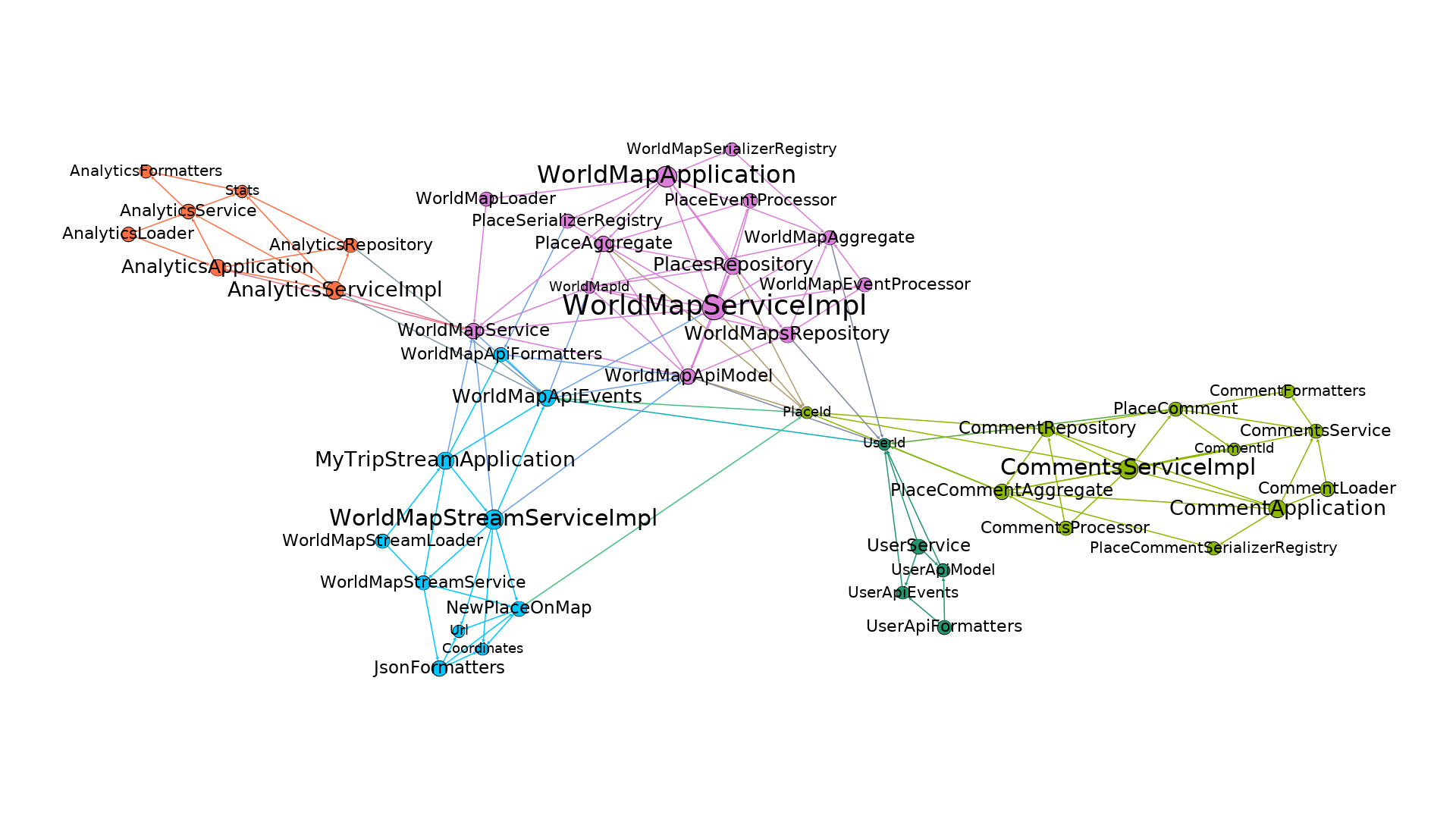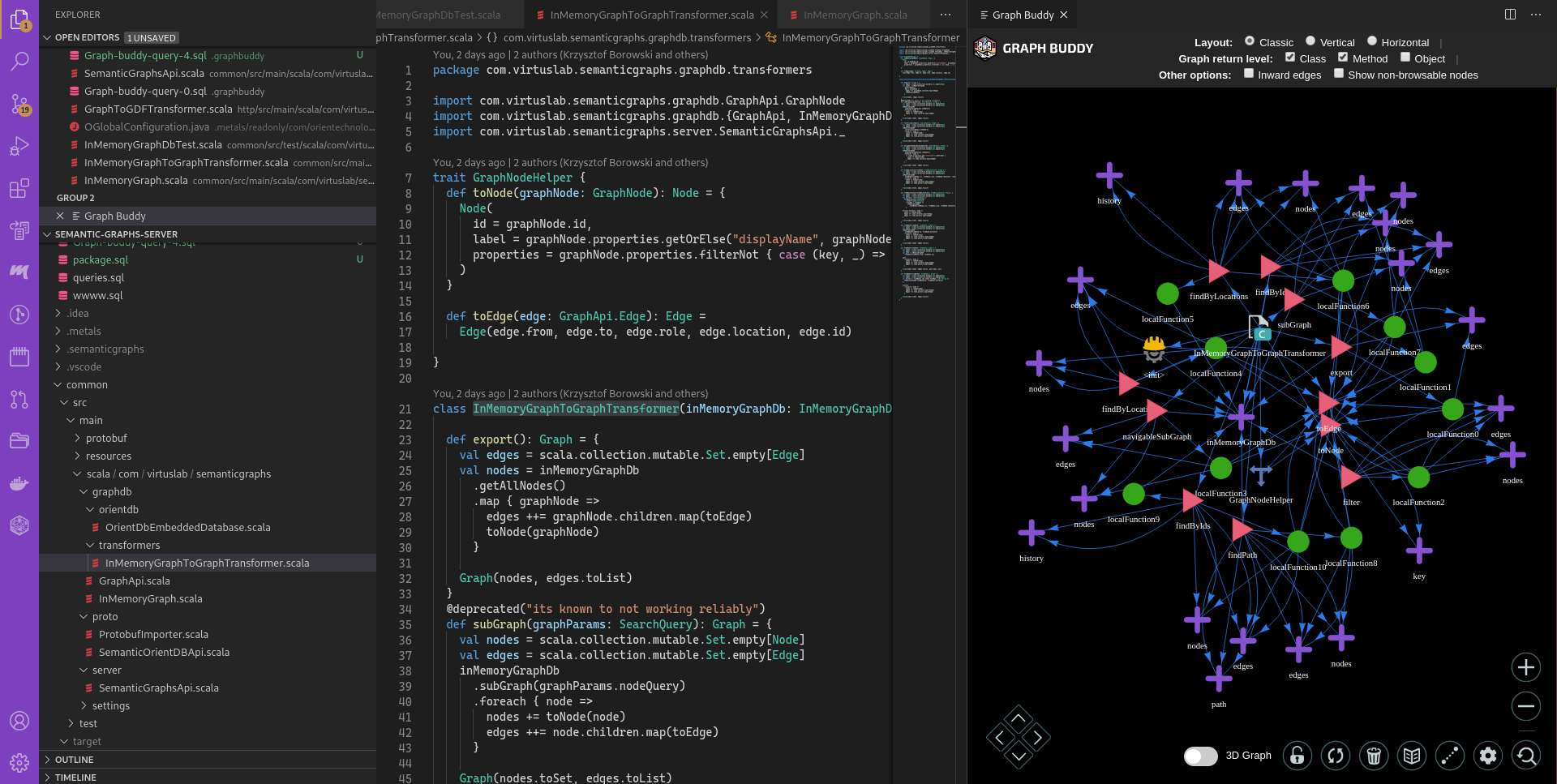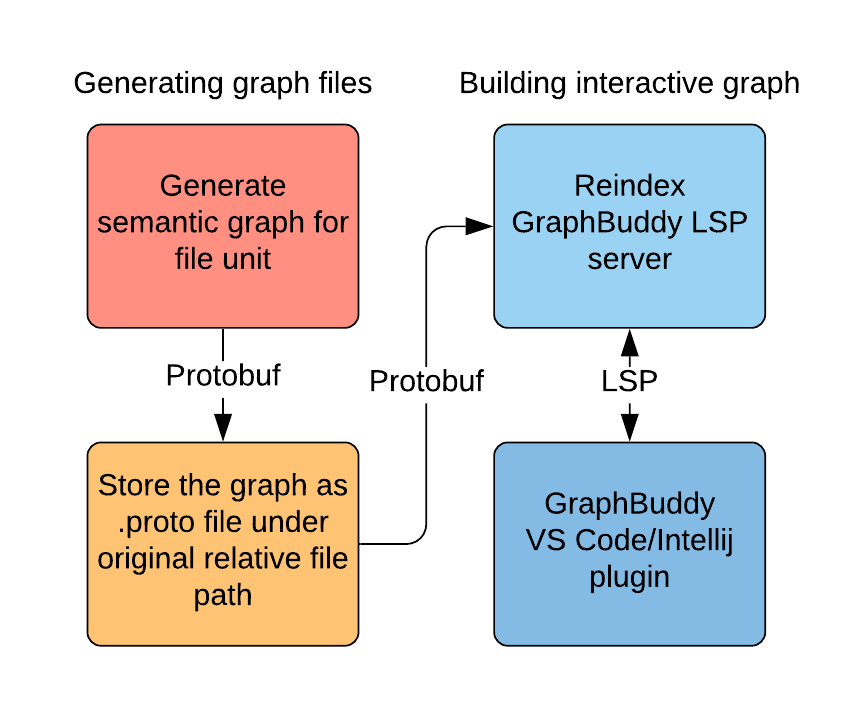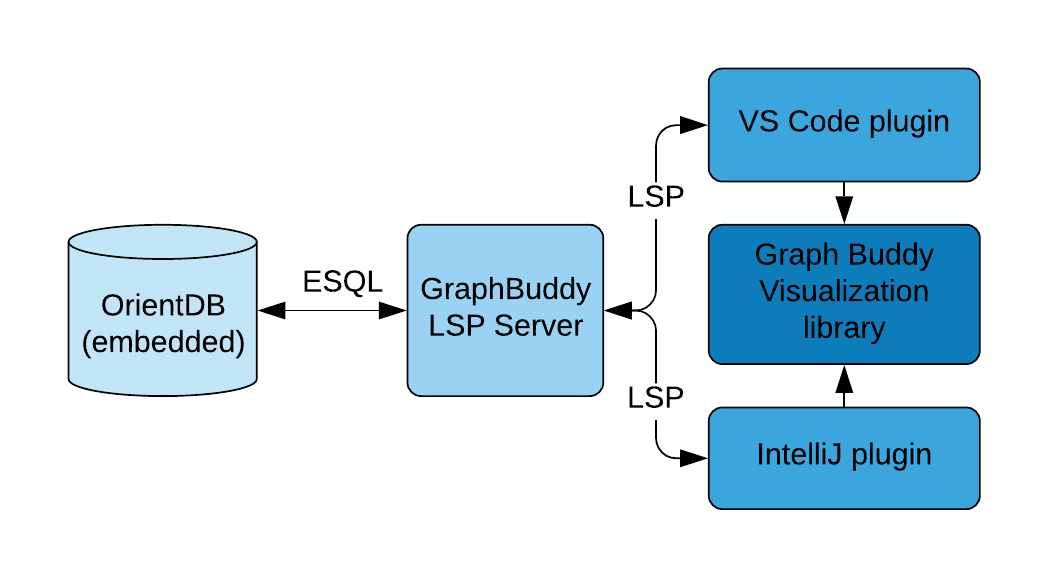Embracing Scala 3 migration

Scala 3 is near, what about software in production?
- Older Scala (2.11 - 578, 2.12 - 9141, 2.13 - 900)
- lack of backward binary compatibility
-
Coupled software
- hard or impossible to extract separated modules
- Old scala deprecated libraries (like spray.io, casbah)
- lack of proper interface for separation
- hard to replace the library gradually
- Different programming styles over the years
- Synchronous
- Async with `Future`
- Tagless final
- Free Monad

How to migrate existing software?
- Split the software
- extract small modules with clear boundaries
- establish proper interfaces
- Upgrade libraries, module by module
- Ideally to those with support for both 2.12 and 2.13
- Upgrade Scala version (2.13)
- Enable cross compilations in modules (if needed)
- It can be done together with point 2.
- Upgrade to Scala 3
- Apply Scalafix module by module
- No need for cross-compilation
🧐

Crucial first step - software modularization
- What are the natural candidates for separate modules?
- What are the problematic parts?
- Can we do that gradually?
- Can we automate the process?

Maybe some visual help?


Applying graph theory
-
Particular nodes
- Betweenness centrality
- Clustering coefficient
- Modularity class
- Whole graph
- Finding communities
- Average node degree
- Graph diameter
- Modularity

Where we want to be


hypothesis:
the code structure of any program can be represented as a directed graph, precise enough to be valuable in various analyses and visualizations
Semantic Code Graph

Semantic Code Graph in Scala
class A()
object AFactory {
def createA() = {
new A()
}
}

Semantic Code Graph in Scala
class A()
object AFactory {
def createA() = {
new A()
}
}
Code Syntax + Semantics
- Code Structure
- Scala Trees
- Code Semantics
- SemanticDB

Common format
syntax = "proto3";
message Location {
string uri = 1;
int32 startLine = 2;
int32 startCharacter = 3;
int32 endLine = 4;
int32 endCharacter = 5;
}
message Edge {
string to = 1;
string type = 2;
Location location = 3;
map<string, string> properties = 4;
}
message GraphNode {
string id = 1;
string kind = 2;
Location location = 3;
map<string, string> properties = 4;
string displayName = 5;
repeated Edge edges = 6;
}
message SemanticGraphFile {
string uri = 1;
repeated GraphNode nodes = 2;
}

Graph Buddy
Semantic Code Graph seamlessly integrated with IDE

Demo


Graph Buddy process


Graph Buddy architecture


Future use cases
- Project visualizations
- getting insight on how the current software is structured
- Project modularization guidance
- possible modules extractions
- exposing architectural smells
- finding critical for migration places
- Release changes analysis
- are we on right track with our migration?

Towards Scala 3 with Semantic Code Graph
By liosedhel
Towards Scala 3 with Semantic Code Graph
- 1,240



